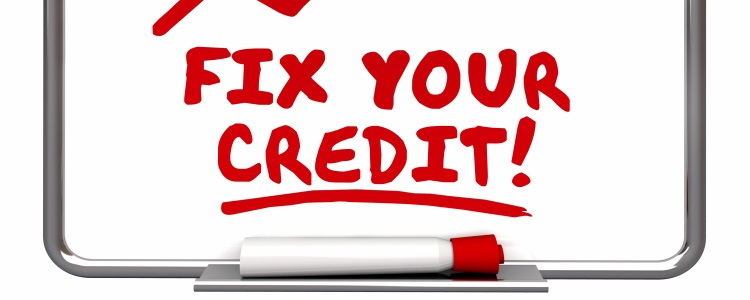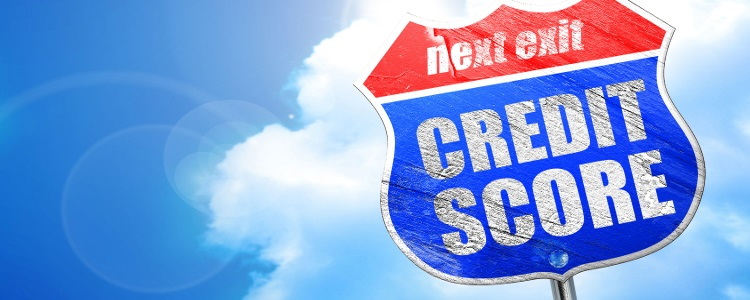It’s important that you stay on top of your finances, including how much you owe. Amounts owed makes up 30% of your FICO credit score, and your credit utilization ratio plays a large role in this factor. The less debt you have, the better your credit score can be. It can take time to lower your credit utilization ratio, depending on your current financial situation, but these simple tips can help you lower or even eliminate credit card debt.
Credit Utilization Ratio Basics
Amounts owed makes up 30% of your FICO score, the most common scoring model used by auto lenders. A big part of this factor is your credit utilization ratio, a number that represents the percentage of your credit card balances compared to their limits. It's commonly believed that your credit score is negatively impact if your ratio is 30% or higher, but 0% should always be the end goal.
Calculating your credit utilization ratio is easy. Add up all of your credit card balances and divide the sum by the sum of all of your credit card limits. For example, if you have three credit cards that carry a total balance of $2,000, and the total credit limit is $15,000 between the three, your credit utilization ratio is 13% (2,000 divided by 15,000 is 0.13, or 13%).
5 Tips to Lower Your Credit Utilization Ratio
Now that you know how to calculate your credit utilization ratio, how do you take steps toward lowering it to improve your credit score? It’s going to take some time, especially if your ratio is fairly high, but it’s worth it in the end.
Here are five tips, brought to you by Lexington Law, which you can use to help lower your credit utilization ratio and eliminate credit card debt:
 Watch and estimate your spending – Look at your past credit card statements and see what your spending habits are. Doing this, you can give yourself an idea on how much you spend each month, and where you need to cut back.
Watch and estimate your spending – Look at your past credit card statements and see what your spending habits are. Doing this, you can give yourself an idea on how much you spend each month, and where you need to cut back.- Balance each card’s utilization out – Not only do you want to keep your total ratio under 30%, it can help if each individual card is kept at 30% or less. Do what you can to get all cards under 30%, such as by spreading out your spending by using different cards evenly.
- Lower or pay off your balances – The best, and possibly the most difficult, way to lower your credit utilization ratio is to pay off credit card balances in full each month. This isn’t always possible, but if you’re able to pay any outstanding balances, you should do so even if the bills aren’t due yet.
- Request a credit limit increase – If your spending habits are fairly consistent, you may be able to increase your card’s credit limit. When you get a credit limit increase, your credit utilization ratio decreases – just don’t look at it as a way to spend even more.
- Create your own utilization limit – Setting a budget for yourself is a great way to practice good spending habits, as well as keep your credit utilization ratio down. If you limit yourself to spending an amount that keeps your credit utilization ratio under 30%, you’re going to be in much better shape. Plus, you can have a better chance of getting approved for additional credit down the road.
The Bottom Line
The less debt you have, the better your credit score is typically going to be. Trying to lower or eliminate credit card debt can be a long and tedious process. As long as you pay attention to your spending habits and take proactive steps toward lowering your debt, you should see your credit score improve over time.
If you’ve been working on improving your credit score and find yourself in need of a vehicle, we want to help you get started. At Auto Credit Express, we match people to local special finance car dealers to help them get financed if they're dealing with less than perfect credit.
The process is simple. Just fill out our free auto loan request form, and we’ll work to get you connected to a dealership near you in no time!
















